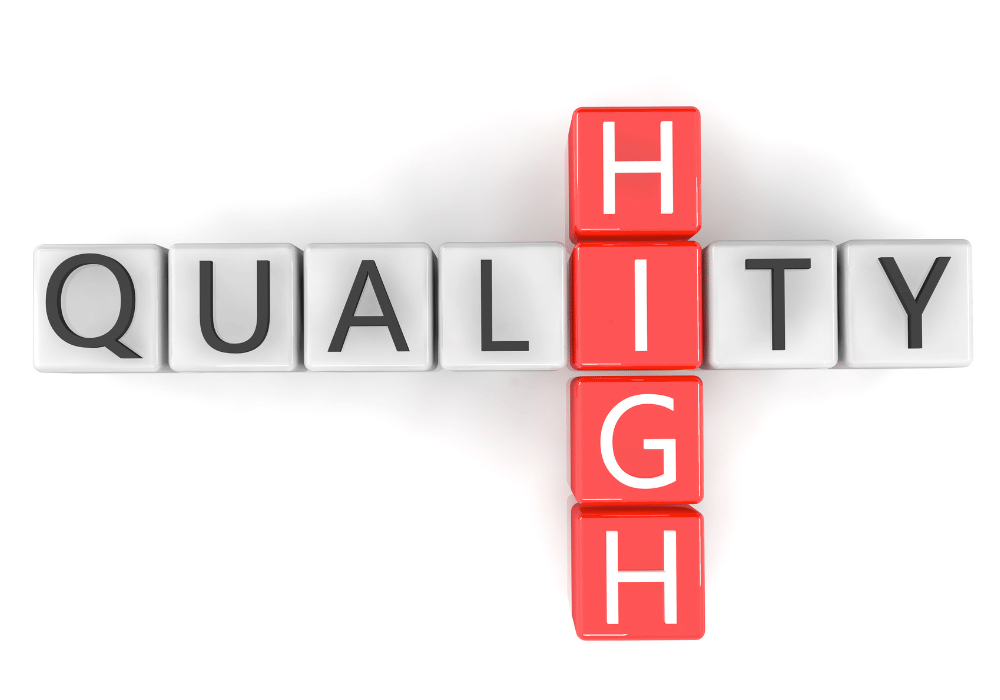As we explore the dynamics of digital marketing, on-page SEO helps to secure good placement on the SERPs. Applying the proper on-site SEO strategies can be the determining factor that will lead your content to your targeted audience or leave it to wander among the billions of pages on the web endlessly. Below is the list of basic on-page SEO strategies you should apply to achieve a high-ranking website.
1. Title Tags
Title tags are one of the most essential technical on-page SEO factors. It informs both the users and search engines about the contents of your page. A compelling title tag should be:
- Descriptive: Explain briefly what the given page is all about.
- Concise: Ideally, keep it within 50-60 characters to appear in full in search engine results.
- Keyword-rich: Using the primary keyword at least once within the first 100 words is highly recommended.

2. Meta Descriptions
Meta descriptions don’t directly impact the ranks of websites but influence the click-through rate of the website. A well-crafted meta description should:
- Summarize the content: Give a brief description of the page.
- Include keywords: Integrate keywords appropriately used in the context.
- Be enticing: Direct users to click through to your site.
3. Header Tags (H1, H2, H3, etc.)
Headers are an effective way of structuring the content, making the process much easier for the end user and search engine. Proper use of header tags includes:
- H1 Tag: The guidelines recommend that only a single H1 tag should be used; it is used to denote the title of the page.
- H2 and H3 Tags: For clarity, use H2 for main sections and H3 for subsections to make every section and subsection stand out.
4. Keyword Optimization
Keyword optimization is more than just incorporating relevant keywords in your content. It includes:
- Keyword Placement: Ensure you use your keyword in the title, first paragraph, headers, and body of your text.
- Keyword Density: Do not overuse and cluster the keywords; still, write the text freely. Recommended keyword density should be around 1-2%.
- LSI Keywords: To increase relevancy, latent semantic indexing (LSI) keywords, which are search terms and phrases related to the primary ones, should be employed.
5. Content Quality

On-page SEO mainly focuses on providing quality and unique content to the website for better ranking. Focus on:
- Originality: Verifying that your content is plagiarism-free is essential, meaning it was not copied from other sources.
- Relevance: Always target your audience’s needs and interests.
- Depth: Ensure the information given is detailed and offers enough detail to capture the subject area fully.
6. Internal Linking
Internal links can be defined as links between different pages on your site; they help search engines crawl and understand the structure and content hierarchy. Benefits of internal linking include:
- Enhanced navigation: It can be easier for users to find more content related to what they are reading or watching.
- Increased page authority: Helps spread out the page authority throughout your site.
7. Image Optimization
Images can enhance your content, but they need to be optimized for SEO:
- File names: Use descriptive, keyword-rich file names.
- Alt text: Provide clear, keyword-optimized alt text for each image.
- Compression: Ensure images are compressed to improve page load speed.
8. URL Structure: Keep It Clean and Descriptive
A precise format of the URLs increases the understanding of its content and relevance both by search engine crawlers and users. Follow these tips:
- Include keywords: Use the primary keyword in the URL.
- Keep it short: It is also essential to use shorter URLs that might contain long strings of numbers, such as numbers from 0 to 500.
- Use hyphens: Split words and phrases with hyphens if necessary for clarity of meaning.
9. Mobile Optimization: Ensure Responsiveness
With the increasing use of mobile devices, mobile optimization is critical for SEO:
- Responsive design: It is also essential to ensure that your website is responsive to different screen sizes.
- Fast load times: Compress images and ensure minimal resource usage in HTML and CSS.
- User experience: Ensure appropriate and practical design of the mobile-friendly website.
10. Page Load Speed: Prioritize Performance
The load speed of the pages is also considered a rank factor. Improve your site’s performance with these techniques: Improve your site’s performance with these techniques:
- Optimize images: Some features include compression and rescaling large image sizes while maintaining the quality of the image.
- Minimize code: Eliminate redundant HTML, CSS, and JavaScript as much as possible to make it easy for the server to load the client.
- Use a Content Delivery Network (CDN): Distribute content across multiple servers for faster delivery.
Conclusion
Optimizing each page with different keywords and meta tags is crucial for ranking on the search engine and for a better user experience. A few free tools are available to make the website SEO-friendly.Therefore, you can maximize every page and site element, including title tags, meta descriptions, header tags, and many others, to allow your site to get better rankings and, as a result, more organic traffic. Remember these tips while designing and optimizing your web pages to remain relevant in the cut-throat world of web marketing.


